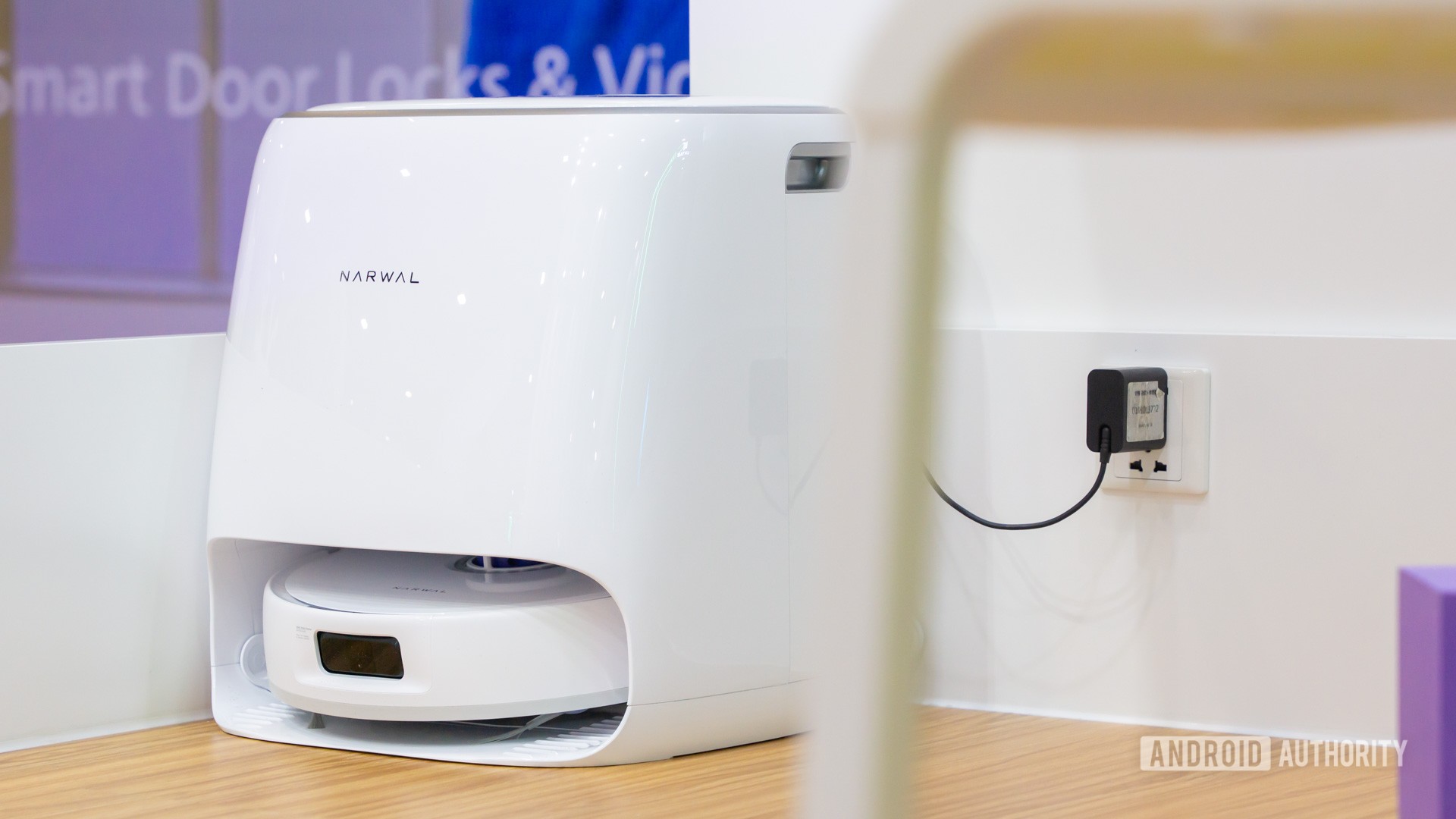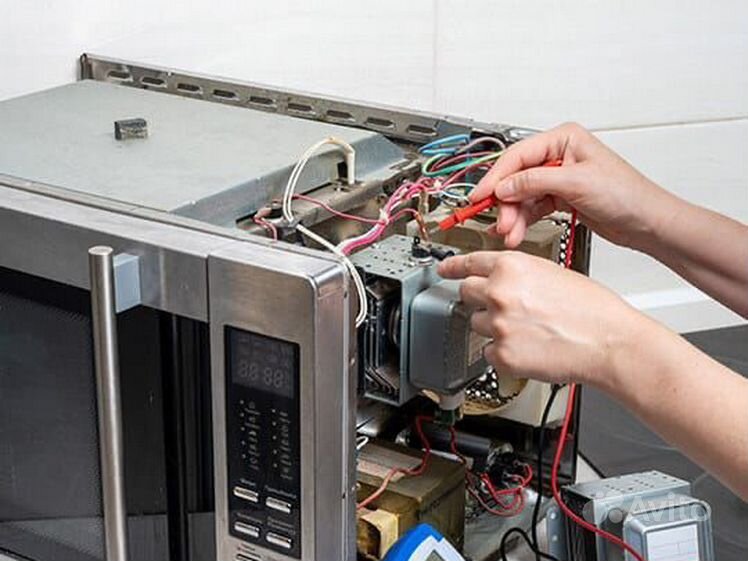South Korea Direct Methanol Fuel Cell (DMFC) Market Analysis and Future Growth Projections 2024 - 2032
The South Korea direct methanol fuel cell (DMFC) market has been gaining significant traction due to the growing demand for clean, efficient, and sustainable energy solutions. As industries, transportation sectors, and consumers increasingly focus on reducing their carbon footprint, DMFCs are emerging as a key technology for power generation. The South Korean government’s emphasis on renewable energy, along with advancements in fuel cell technologies, is driving the development of the DMFC market in the country. This article will explore the key drivers, market trends, and future opportunities within the South Korea direct methanol fuel cell (DMFC) market.
Key Drivers of the South Korea Direct Methanol Fuel Cell (DMFC) Market
Several factors are fueling the growth of the direct methanol fuel cell market in South Korea, ranging from environmental concerns to technological innovations. The increasing demand for clean energy, combined with government support and the country’s push toward energy independence, is creating a conducive environment for the expansion of DMFC technology.
Rising Demand for Clean Energy Solutions
South Korea has been heavily investing in clean energy solutions as part of its strategy to reduce its reliance on fossil fuels and minimize environmental impact. As a result, DMFCs, which are known for their high energy density and low emissions, have become an attractive alternative to traditional combustion engines. These fuel cells offer a more sustainable way to generate electricity, especially for applications where portability and energy efficiency are key.
Government Support and Policy Initiatives
The South Korean government has made significant strides in promoting renewable energy and hydrogen-based technologies. In 2020, the government announced its Green New Deal, which aims to reduce carbon emissions and accelerate the adoption of clean energy technologies. Part of this initiative includes boosting the commercialization of fuel cells, including DMFCs. With supportive policies, subsidies, and research funding, the South Korean government is helping drive the growth of the DMFC market.
Market Segmentation of the South Korea DMFC Market
The South Korea direct methanol fuel cell market can be segmented based on application, end-use industry, and power capacity. These segments offer insights into the specific demands and requirements across different sectors, from consumer electronics to transportation.
Application Segmentation
The primary applications of DMFCs in South Korea include portable power generation, backup power, and transportation. The ability to provide high-energy output with a small footprint makes DMFCs ideal for a wide range of applications.
Portable Power Generation
DMFCs are increasingly being used in portable power devices such as laptops, mobile phones, and other consumer electronics. Their compact design, coupled with the convenience of using methanol as a fuel source, makes them an attractive choice for portable energy solutions. DMFCs are also used in military and emergency response scenarios where reliability and portability are critical.
Backup Power Systems
Another significant application of DMFCs in South Korea is in backup power systems for homes, businesses, and critical infrastructure. DMFCs offer a clean, efficient, and reliable backup energy solution during power outages or times of peak demand. Their high energy density and ease of refueling make them an ideal choice for backup power applications in areas with unreliable grid infrastructure.
End-Use Industry
The South Korean DMFC market serves a variety of industries, including automotive, consumer electronics, and telecommunications. The growing interest in fuel cell vehicles (FCVs) and the adoption of DMFCs for portable electronics are key drivers for market expansion.
Automotive Industry
While hydrogen fuel cells have traditionally been more widely used in the automotive industry, DMFCs are being explored for use in electric vehicles (EVs) due to their ability to offer high energy efficiency and quick refueling times. South Korea’s automotive giants, such as Hyundai and Kia, are at the forefront of exploring fuel cell technology, including DMFCs, for their vehicles.
Consumer Electronics and Telecommunications
The increasing demand for portable electronics has led to the rise of DMFCs in the consumer electronics and telecommunications sectors. These fuel cells provide an efficient and eco-friendly solution for powering mobile devices, remote communications systems, and IoT devices.
Technological Advancements Driving the DMFC Market in South Korea
Technological innovations in DMFC systems are playing a pivotal role in advancing the market. Significant strides in fuel cell efficiency, cost reduction, and fuel storage have enhanced the viability of DMFCs as a practical energy solution.
Improvements in Fuel Cell Efficiency
Over the past few years, the efficiency of DMFCs has improved significantly, thanks to advancements in materials science and fuel cell design. Innovations in catalysts, membranes, and methanol reforming technologies have resulted in higher performance and longer operational lifetimes for DMFCs. As efficiency continues to rise, the adoption of DMFCs is expected to expand across new sectors.
Cost Reduction and Scalability
Historically, the high cost of fuel cell systems has been a barrier to widespread adoption. However, South Korean manufacturers are investing in research and development to reduce production costs. The scaling up of DMFC production, along with economies of scale, is expected to make DMFCs more affordable for both consumers and businesses. As manufacturing processes become more efficient, the cost of DMFCs is projected to decrease, making them more competitive with traditional power sources.
Challenges Facing the South Korea Direct Methanol Fuel Cell Market
Despite its growth potential, the South Korea DMFC market faces several challenges that need to be addressed for widespread adoption.
Fuel Storage and Distribution Issues
One of the main challenges in the DMFC market is the storage and distribution of methanol, which is the primary fuel used in these systems. While methanol is more easily stored and transported than hydrogen, there are still infrastructure and regulatory hurdles to overcome in creating a reliable and efficient supply chain for methanol-based fuel cells. Furthermore, methanol production from renewable sources needs to be scaled up to ensure a sustainable and eco-friendly fuel supply.
Competition from Other Fuel Cell Technologies
While DMFCs offer several advantages in terms of energy density and portability, they face stiff competition from other types of fuel cells, such as proton-exchange membrane fuel cells (PEMFCs) and solid oxide fuel cells (SOFCs). These technologies are also being actively developed and may offer higher efficiencies or lower costs in certain applications. For DMFCs to remain competitive, ongoing advancements and innovation will be required.
Future Outlook of the South Korea Direct Methanol Fuel Cell Market
The future of the South Korea direct methanol fuel cell market looks promising, with strong growth prospects driven by technological advancements, government support, and rising consumer demand for clean energy solutions. As the country continues to prioritize sustainability and energy innovation, the DMFC market will likely see increased adoption across a wide range of applications.
Emerging Opportunities
As South Korea continues to invest in smart cities, electric vehicles, and renewable energy technologies, the demand for energy solutions such as DMFCs will only increase. Innovations in hybrid fuel cell systems, which combine DMFCs with other technologies, will open new opportunities in sectors like transportation, residential power, and industrial applications. Additionally, international collaborations and exports of South Korean DMFC technology to other regions could boost market growth on a global scale.
Technological Innovations
The integration of AI, IoT, and big data analytics with DMFC systems will likely drive future growth in the market. These technologies can improve fuel cell performance, provide real-time monitoring, and optimize energy management, making DMFCs more efficient and user-friendly.
Conclusion
The South Korea direct methanol fuel cell (DMFC) market is poised for substantial growth in the coming years, driven by technological advancements, government support, and the increasing demand for clean energy solutions. As the country continues to prioritize sustainable development and energy innovation, DMFCs will play an important role in the transition toward a low-carbon energy future. By addressing challenges such as fuel storage and cost reduction, South Korea can unlock the full potential of DMFC technology and solidify its position as a leader in clean energy innovation.
More Trending Reports
Turbocompressor Market Analysis
What's Your Reaction?
 Like
0
Like
0
 Dislike
0
Dislike
0
 Love
0
Love
0
 Funny
0
Funny
0
 Angry
0
Angry
0
 Sad
0
Sad
0
 Wow
0
Wow
0













































